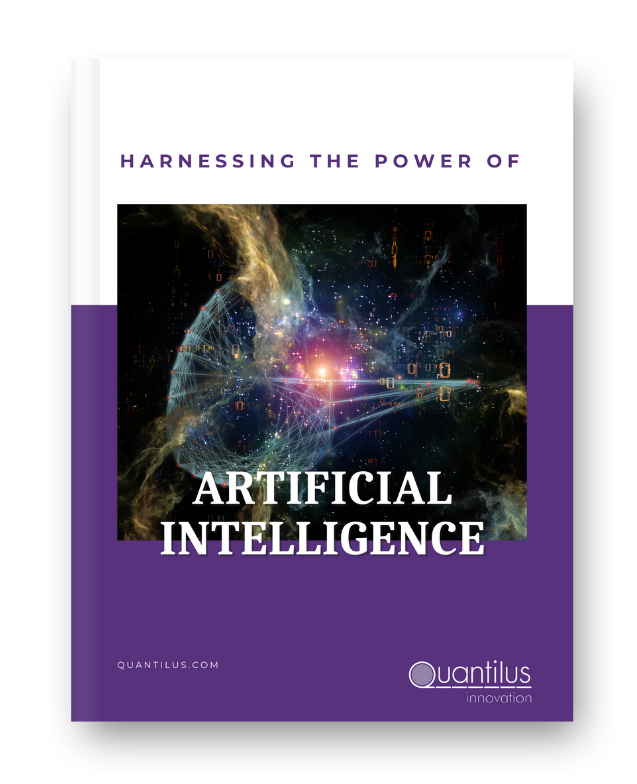

The proliferation of data in recent years has opened up endless opportunities for organizations to make data-driven decisions and gain a competitive edge. However, raw data alone is not enough to deliver valuable insights. For the data to be useful, it requires the appropriate tools for different tasks such as data analysis, processing, visualization, etc. These tools and technologies are collectively known as big data tools.
In essence, big data tools enable organizations to extract valuable insights from vast amounts of data, enabling them to make informed decisions, identify trends, and optimize their operations. They help organizations to deal with the three V’s of big data: Volume, Velocity, and Variety.
Organizations need tools that can store, manage and process data efficiently to handle the high volume of data generated by various sources. As data is generated at high velocity, organizations need tools that can quickly process and analyze data in real-time to keep up with the speed of business. Additionally, various data sources require tools that can handle both structured and unstructured data.
This article will explore some of the top big data tools and technologies, categorized by their purpose. With this knowledge, one can make informed decisions on which tools are best suited for their big data needs.
Data Storage and Processing
Apache Hadoop:
Apache Hadoop is an open-source framework for distributed storage and processing of large datasets. It allows organizations to store and manage vast amounts of data across clusters of computers, providing fault tolerance and high availability. Hadoop uses the Hadoop Distributed File System (HDFS) for storage and MapReduce for processing. Hadoop is widely used in the industry, particularly in the finance and healthcare sectors, for its ability to handle large amounts of data and scalability.
Apache Spark:
Apache Spark is an open-source data processing engine allowing faster processing and real-time data streaming. It is designed to work with large datasets and can handle various data sources, including structured and unstructured data. Spark provides an easy-to-use API, making it easy for data scientists and developers to work with large datasets, particularly in machine learning and data science use cases.
Cassandra:
Cassandra is a distributed NoSQL database that allows for storing and managing large volumes of unstructured data. It provides high availability, scalability, and fault tolerance, making it an excellent choice for large data organizations. Cassandra is widely used in the finance and healthcare industries for its ability to handle large amounts of data and real-time data processing.
Log Management and Analysis
Splunk:
Splunk is a powerful data analytics and monitoring platform that allows users to search, analyze, and visualize large datasets in real time. It is designed to be flexible and can handle a wide range of data sources, including machine-generated data. Splunk is widely used in the IT and security industries, particularly for log management and analysis, for its ability to provide valuable insights into machine-generated data and detect potential security threats.
Graylog:
Graylog is an open-source log management and analysis platform that allows users to collect, index, and analyze log data from various sources. It provides a centralized location for managing logs and allows users to perform real-time searches, alerts, and analyses. Graylog is designed to be scalable and can handle high volumes of log data, making it an excellent choice for businesses dealing with large volumes of log data. It is used in various industries, including finance, healthcare, and e-commerce, for its ability to handle log management and analysis tasks.
Real-time Data Processing:
Apache Storm:
Apache Storm is a distributed real-time data processing system that allows users to process and analyze streaming data in real time. It is designed to be scalable and can handle high volumes of data streams with low latency.
Apache Beam:
Apache Beam is an open-source unified programming model for batch and streaming data processing. It allows users to write data processing pipelines in various programming languages, including Java, Python, and Go. Beam is designed to be portable and can be run on various processing engines, including Apache Flink and Apache Spark.
Cloud-based Big Data Platforms:
Amazon EMR:
Amazon Elastic MapReduce (EMR) is a cloud-based big data platform that allows users to process and analyze large datasets using open-source tools like Apache Hadoop and Apache Spark. EMR provides a scalable and cost-effective solution for businesses dealing with large amounts of data.
Google BigQuery:
Google BigQuery is a cloud-based data warehousing and analytics platform that allows users to store and analyze large datasets in real time. It is designed to be scalable and can handle complex queries on large volumes of data.
Cloudera Distribution for Hadoop:
Cloudera Distribution for Hadoop is an open-source big data processing and analytics platform. It provides a comprehensive set of tools and technologies for storing, processing and analyzing large datasets.
Hortonworks Data Platform:
Hortonworks Data Platform (HDP) is a distribution of Apache Hadoop that provides a comprehensive big data platform for processing and analyzing large volumes of data. It includes various components, such as Hadoop Distributed File System (HDFS), Apache Spark, Apache Hive, and Apache HBase, among others. HDP is designed to be scalable and can handle large volumes of data, making it an excellent choice for businesses dealing with big data.
Data Mining and Machine Learning Tools:
KNIME:
KNIME (Konstanz Information Miner) is an open-source data analytics platform that allows users to process, analyze, and model data through visual programming. It provides many machine-learning algorithms and data mining techniques for data preprocessing, modeling, validation, and visualization.
RapidMiner:
RapidMiner is a data mining and machine learning tool that provides a drag-and-drop interface for building analytical models. It allows users to preprocess, visualize, and analyze data in a scalable and user-friendly way.
In conclusion, the big data landscape constantly evolves, with new tools and technologies emerging to help businesses process, store, and analyze large datasets. Businesses can unlock valuable insights from their data and gain a competitive advantage in their respective industries by choosing the right tools and technologies for their specific use cases. The tools and technologies discussed in this article are just a few examples of the many options available to businesses today.


Need help navigating your AI journey?
Download our eBook for insights and tips to ease your way into adopting AI for your business – the smart and practical way!
Need help navigating your AI journey?
Download our eBook for insights and tips to ease your way into adopting AI for your business – the smart and practical way!